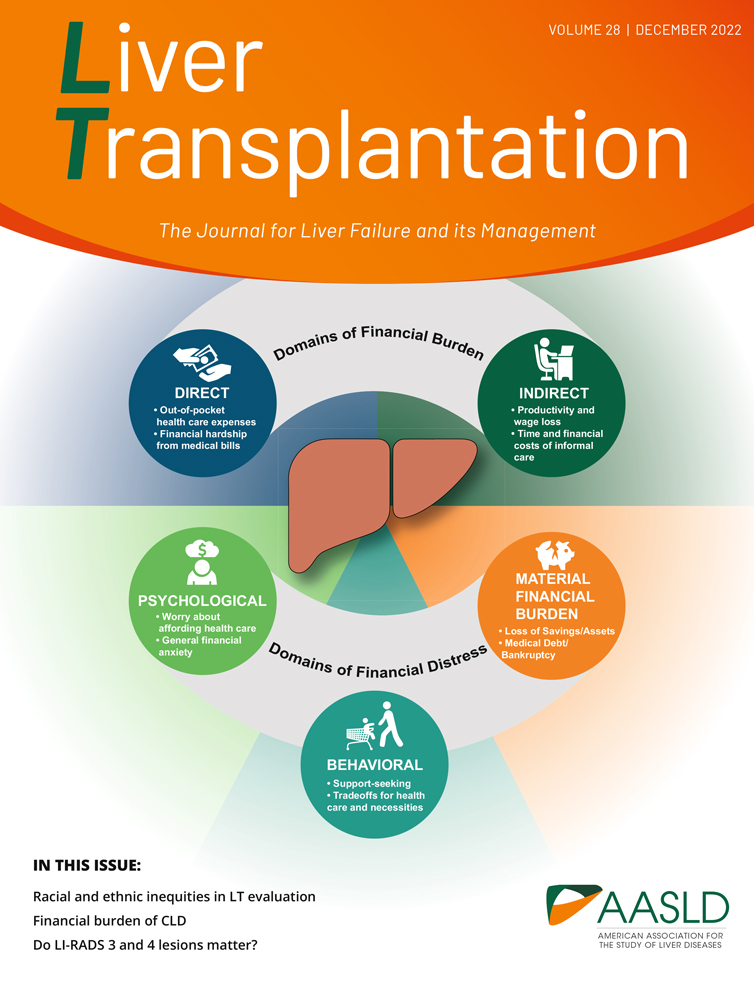Ribavirin dose modification based on renal function is necessary to reduce hemolysis in liver transplant patients with hepatitis C virus infection
Abstract
Hepatitis C virus (HCV) is currently the most common etiology for liver transplantation (LTx) in the United States. A significant number of patients develop recurrent HCV after LTx. Although there is no completely satisfactory treatment for recurrent HCV, a combination of interferon-α (INF) and ribavirin remains the most widely used. Ribavirin is eliminated through the kidneys and tends to accumulate in the presence of renal dysfunction. The primary side effect of ribavirin is hemolysis. The goal of the present study was to correlate the incidence of hemolysis with renal function in LTx patients with recurrent HCV who were being treated with ribavirin. The incidence of hemolysis and the renal function were examined in 72 liver transplant patients (58 male and 14 female patients) with recurrent HCV receiving INF (3 million units, three times per week) and ribavirin (initial dose of 400 mg twice daily). Patients were grouped according to the decrease in the percentage of hematocrit after the introduction of ribavirin, with their baseline serum creatinine and creatinine clearance calculated using the Cockcroft-Gault formula. The decrease in the percentage of hematocrit after ribavirin treatment was also examined with respect to creatinine clearance as a continuous variable. In addition, for purposes of presentation, patients were analyzed in three groups: creatinine clearance of ≥ 70 mL/min (group A), creatinine clearance < 70 mL/min and ≥ 40 mL/min (group B), and creatinine clearance < 40 mL/min (group C). Forty-five (62.5%) patients experienced a decrease in hematocrit (Hct) ≥15% after starting INF and ribavirin. The mean serum creatinine was 1.3 ± 0.5 mg/dL (median, 1.3) in this group, and the mean calculated creatinine clearance was 71 ± 29 mL/min (median, 66.47). In the 27 patients who did not show a significant decrease (< 15%) in hematocrit, the mean serum creatinine was 1.1 ± 0.3 mg/dL (median, 1.0) and the mean creatinine clearance was 95 ± 39 (median, 96) mL/min (P = .018). On continuous variable of calculated creatinine clearance, there was a trend in the decrease in hematocrit after ribavirin treatment compared with pretreatment (P = .09). However, the rate of hemolysis was significantly different in group A (53.7%), group B (70.8%), and group C (100%) (P = .042). Patients on INF and ribavirin therapy who experienced hemolysis had significantly higher serum creatinine levels and lower creatinine clearances compared with those who did not have hemolysis. The incidence of hemolysis was significantly associated with higher serum creatinine and decreased creatinine clearance. Because ribavirin is eliminated by the kidneys, this observation points to the need for adjustments in the dose of this agent in LTx patients, who tend to have some degree of renal dysfunction, to reduce the incidence of hemolysis. Further pharmacokinetic studies of ribavirin in LTx patients with varying degrees of renal function may allow the development of an algorithm for the safer use of ribavirin in HCV-positive LTx patients.




